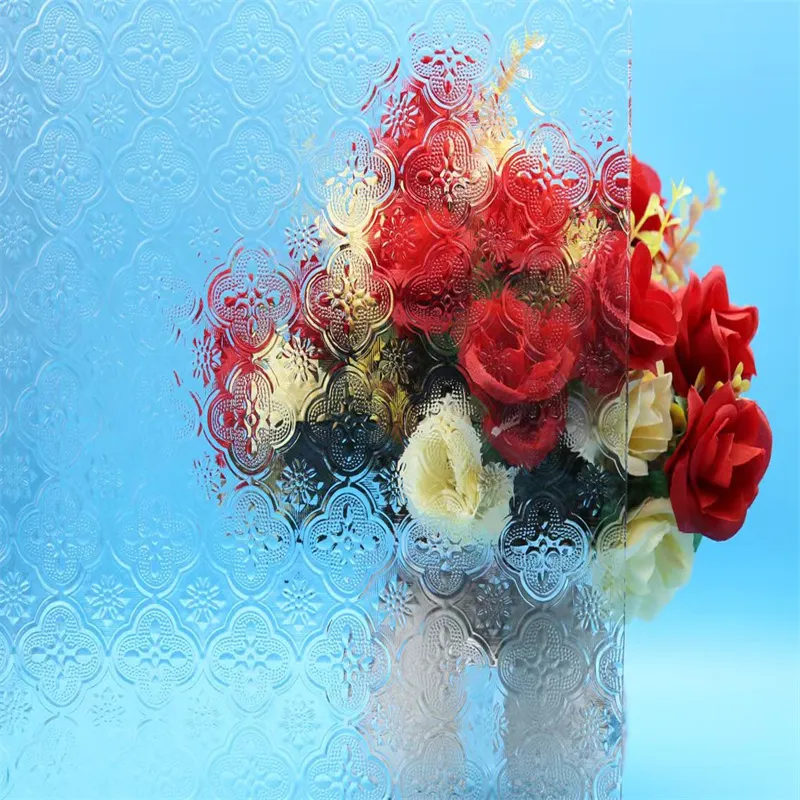Nov . 05, 2024 22:35 Back to list
10.38 mm laminated glass
The Versatility and Benefits of 10.38 mm Laminated Glass
Laminated glass has gained substantial popularity in architectural and design applications due to its unique combination of safety, aesthetics, and functionality. Among the various types available, 10.38 mm laminated glass stands out for its exceptional qualities, making it a preferred choice in modern construction and renovation projects.
Composition and Structure
10.38 mm laminated glass is constructed by bonding two or more layers of glass with a durable interlayer, often made from polyvinyl butyral (PVB) or ethylene-vinyl acetate (EVA). This interlayer not only enhances the glass's strength but also provides critical sound insulating properties. The thickness of 10.38 mm typically consists of two layers of 5 mm glass with a PVB interlayer, resulting in a robust and resilient product.
Safety and Security
One of the main advantages of 10.38 mm laminated glass is its safety features. In the event of breakage, the interlayer holds the shards of glass together, significantly reducing the risk of injury from sharp edges. This characteristic is especially important in environments where safety is a primary concern, such as schools, hospitals, and public buildings. Moreover, laminated glass can deter forced entry due to its reinforced structure, making it a popular option for residential and commercial security installations.
Acoustic Performance
10.38 mm laminated glass

In an increasingly noisy world, sound insulation has become a vital consideration in building design. The laminated structure of 10.38 mm glass effectively dampens sound vibrations, providing a quieter indoor atmosphere. With the ability to reduce external noise significantly, it is ideal for urban settings, making it a popular choice for residential apartments, hotels, and offices located in bustling areas. The enhanced acoustic performance contributes to a more comfortable and productive environment.
Aesthetic Appeal
Beyond functionality, laminated glass offers a sleek and modern aesthetic that enhances the beauty of any space. Available in various finishes, colors, and tints, 10.38 mm laminated glass can complement diverse architectural styles. The transparency and clarity of the glass allow for unobstructed views, fostering a sense of openness and connection with the outdoors. Designers often use laminated glass for facades, skylights, and partitions, blending artistry with practicality.
Energy Efficiency
In the context of sustainability and energy efficiency, laminated glass also plays a crucial role. When paired with low-emissivity (Low-E) coatings, it can significantly improve a building's thermal performance. This combination minimizes heat loss in winter and reduces the need for air conditioning in summer, contributing to lower energy bills and a reduced carbon footprint.
Conclusion
In conclusion, 10.38 mm laminated glass represents a cohesive balance of safety, aesthetic appeal, sound insulation, and energy efficiency. Its multifunctional attributes not only meet the demanding needs of modern architecture but also promote a safer and more pleasant environment for occupants. As architects and builders continue to prioritize sustainability and safety, the application of laminated glass will undoubtedly expand, reaffirming its position as a cornerstone in contemporary construction. Whether for residential, commercial, or industrial use, 10.38 mm laminated glass is an investment in quality, longevity, and peace of mind.
-
Safety and Style with Premium Laminated Glass Solutions
NewsJun.24,2025
-
Reinvents Security with Premium Wired Glass
NewsJun.24,2025
-
Premium Float Glass Line for Modern Architecture
NewsJun.24,2025
-
Low Emissivity Glass for Energy-Efficient Architecture
NewsJun.24,2025
-
High-Performance Insulated Glass Solutions for Modern Architecture
NewsJun.24,2025
-
Elevates Interior Style with Premium Silver Mirror
NewsJun.24,2025
Related PRODUCTS














